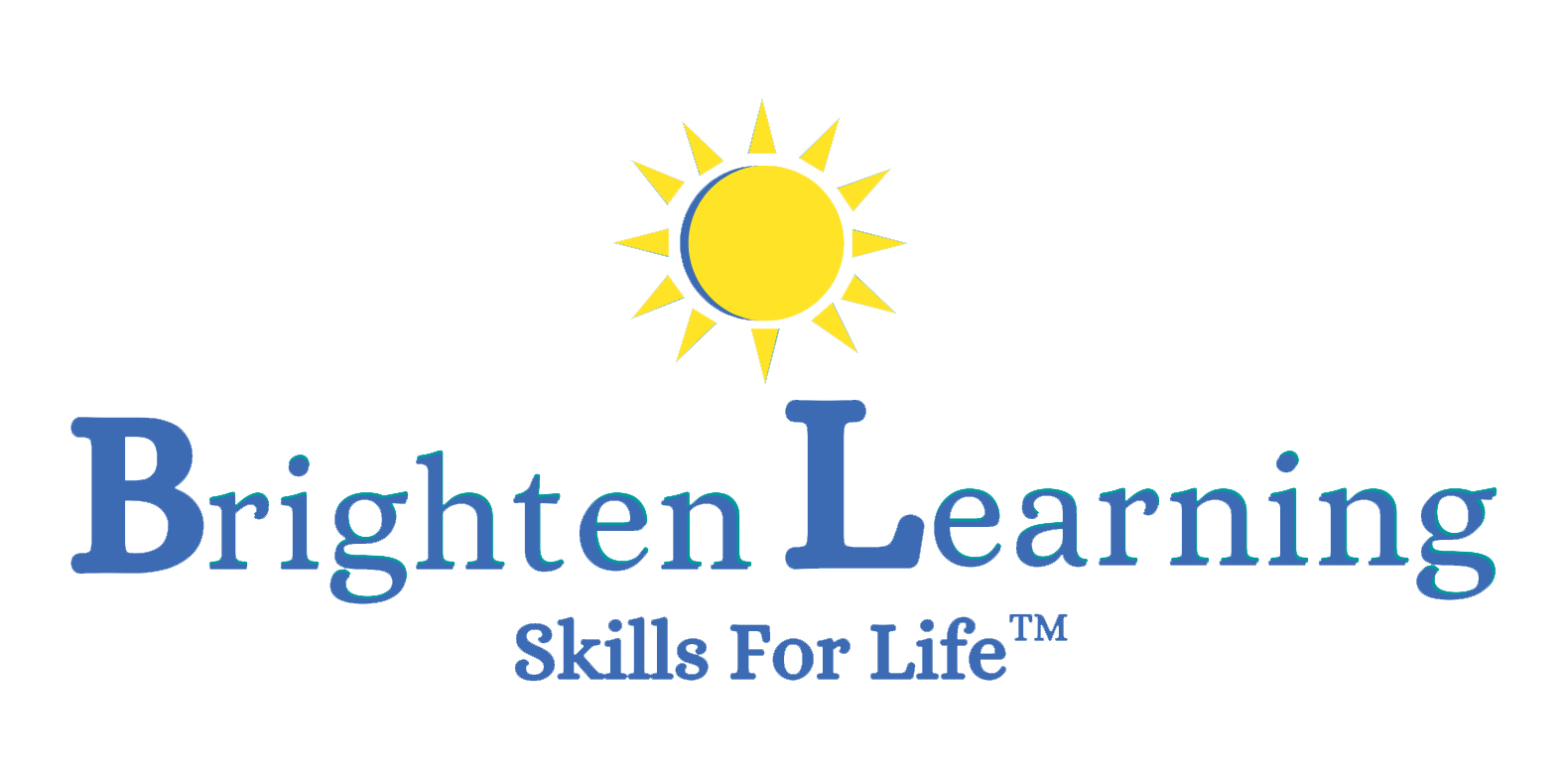Teaching Your Child How to Start Conversations: 3 Brilliant Basics
You may be wondering where to begin when it comes to teaching your child how to start conversations. Here are a couple of great tips to help you: breaking the skill of starting conversations into three basic steps and video recording your role-play session with your child.
Maybe, like me, once you realized your child needed help practicing social skills, and starting conversations you may think, this is a tough problem to teach!
For parents, starting and having conversations is such a basic, ingrained activity. How do you explain starting conversations in a way it that your child will understand? Here are some ideas.
Teaching Your Child How to Start Conversations
I like the way teaching how to start conversations is explained by Kerry Mehaffey Mataya, M.Ed. on this website. She boils the entire social skill—starting conversations—down to three brilliantly simple basics:
1. Asking questions
2. Telling stories
3. Making comments
She reminds us that a balance of these three components is the fluid that makes good conversations start and flow.
Asking questions. When practicing the asking questions step, remind your child to use the “w” words like who, what, when, where, and why (also, how). Explain how follow up questions are used to show the other kids that he’s interested in what they’re saying.
Telling stories. Practice with your child to help him think about the kinds of things he can tell a story about. For example, a family trip to the zoo, a movie he really liked or other fun event. Be watchful for your child’s tendency to tell stories that are too long.
Making comments. Talk to him about how to use good comments during conversations. Brainstorm with your child the words or phrases that he can easily use to make appropriate comments during conversations. Demonstrate for him how a comment made at the wrong time in a conversation can sound like he’s not interested in the other kid’s story. Or can make it seem that he’s not listening.
Video role-plays. Record your role-play sessions using a video camera. Your child may respond well to watching a video of him and you practicing having conversations. This way you can easily point out skills he is doing well, and those that he needs to practice. As long as you use lots of positive feedback, this could work quite well.
Always, give praise and positive feedback. According to Anxiety BC website, it’s best when role playing with your child to immediately afterwards, give lots of praise about what your child did well. Look hard to find any small, yet noticeable, signs of improvement. For example:
“Well done! You smiled and looked me in the eye when you asked me the question. You looked very friendly!”
You can download the Anxiety BC document here at their website.
Be sure to check out the helpful handout, “Conversation Basics”, created by Kerry Mehaffey Mataya, you can find her handout and download it here.
I wish you and your child many great role-play sessions on starting conversations!
–Marc
Dad, Developer
If you’re looking to help your child learn social skills, our online engaging animated program may benefit your child. Parents tell us that kids love the Hollywood style animation and characters and actually ask to use The Social Express!
To see how it works, click here. Click here to try our 10-day, no risk trial.
